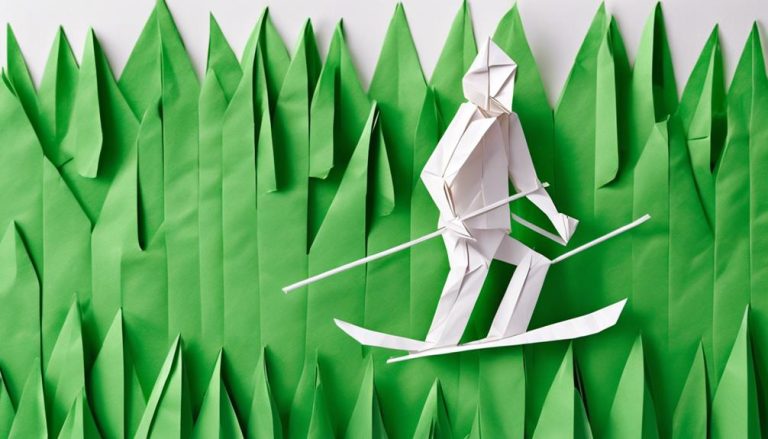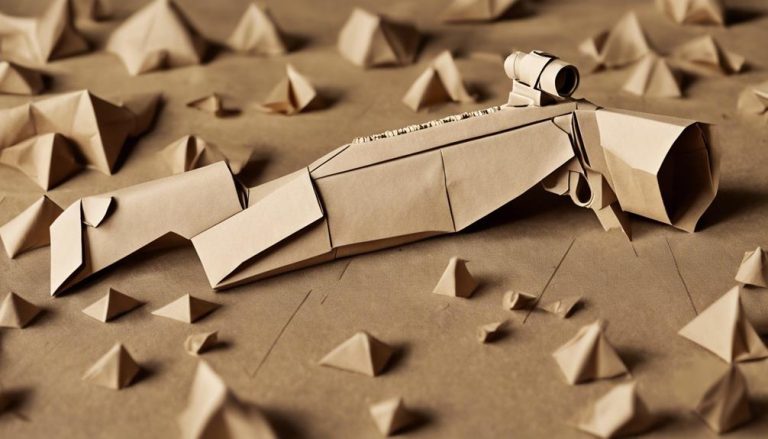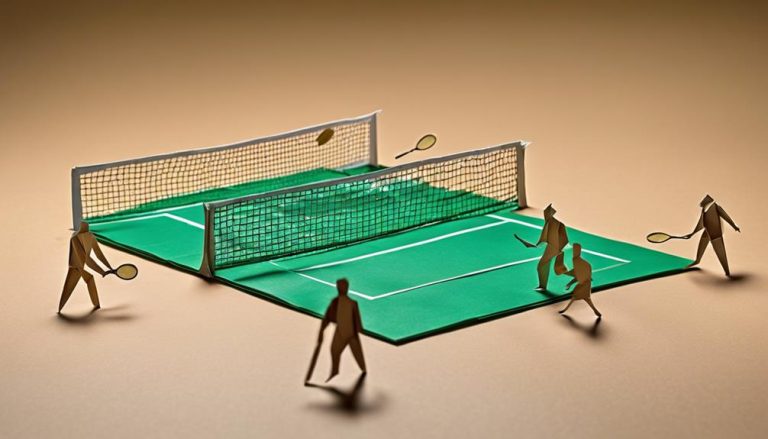General Rules of Endurocross
As you step into the world of Endurocross, you'll need to familiarize yourself with the rules. First, verify your bike meets safety standards, including engine size, frame material, and cylinder head specifications. Wear approved safety gear, like helmets and boots, to protect yourself. Course obstacles like tight corners, water hazards, and rocky sections demand bike control and rider skill. On the track, prioritize track courtesy, respectful communication, and patient passing. Remember, penalties can greatly impact your score, so ride clean and avoid mistakes. Now, get ready to plunge into the details that'll take your Endurocross experience to the next level.
Bike Modifications and Regulations

When you decide to participate in an endurocross event, you'll need to guarantee your bike meets the specific modifications and regulations set by the governing bodies to certify safety and fair competition. One vital aspect is engine restrictions. You'll need to verify that your bike's engine displacement complies with the regulations, typically ranging from 125cc to 500cc for two-stroke engines and 250cc to 650cc for four-stroke engines. Additionally, you'll need to confirm that your engine's compression ratio, cylinder head, and exhaust system meet the stipulated standards.
Another key aspect is the frame material. Endurocross regulations dictate that frames must be made from specific materials, such as steel, aluminum, or titanium. You'll need to confirm your bike's frame meets these requirements to avoid disqualification. Familiarizing yourself with the governing bodies' rules and regulations is vital to avoid any issues during the event. By doing so, you'll be able to focus on the competition, rather than worrying about your bike's compliance.
Rider Safety Gear and Equipment
Protecting yourself from injury is essential in endurocross, so you'll need to wear essential safety gear, including a helmet, boots, gloves, and protective clothing. A helmet is the most critical piece of safety gear, and recent Helmet Innovations have made them lighter, stronger, and more comfortable. Look for a helmet that meets the safety standards of organizations like the Snell Memorial Foundation or the Fédération Internationale de Motocyclisme (FIM).
In addition to a helmet, you'll need boots that are specifically designed for off-road riding. They should have rugged soles, ankle protection, and a low heel to prevent your foot from slipping off the footpeg. Gloves are another essential item, providing grip, protection, and vibration reduction.
Lastly, don't forget Protective Apparel like pants, jerseys, and knee guards. These will protect you from abrasions, cuts, and bruises in the event of a crash. Remember, safety gear is not just a requirement, it's a crucial investment in your well-being. By wearing the right gear, you'll be able to ride with confidence and freedom, which is what endurocross is all about.
Course Obstacles and Hazards

As you tackle the challenging courses of endurocross, you'll face a variety of obstacles and hazards that'll test your skills, endurance, and bike-handling abilities. These obstacles are designed to push you to the limit, requiring precision, control, and strategy to overcome. You'll encounter Tight Corners that demand precise braking and acceleration, as well as Water Hazards that'll challenge your bike's traction and your ability to adapt to changing conditions.
You'll need to navigate through rocky sections, steep inclines, and treacherous terrain, all while maintaining speed and control. Log crossings, rocky jumps, and slippery surfaces will further test your skills, forcing you to think on your feet and make quick decisions to stay ahead. The courses are designed to be unpredictable, so you'll need to stay focused and adaptable to overcome the unexpected challenges that arise. By mastering these obstacles, you'll build the skills and confidence needed to dominate the track and take your endurocross skills to the next level.
On-Track Conduct and Etiquette
As you take to the Endurocross track, it's vital to remember that you're not alone out there – you'll be sharing the course with other riders. That's why respecting your fellow riders is vital, and it all starts with understanding track positioning etiquette. By knowing when to yield and how to navigate around others, you'll guarantee a safer and more enjoyable experience for everyone involved.
Respect Fellow Riders
While racing on the track, you're not only responsible for your own safety, but also for the well-being of your fellow riders. Rider camaraderie is essential in Endurocross, as it promotes a positive and respectful atmosphere. You should always prioritize track courtesy, being mindful of your actions and their impact on others.
When tackling obstacles or tight corners, be aware of your surroundings and adjust your speed accordingly. Avoid sudden movements that could startle or intimidate other riders. Remember, you're not alone on the track; be considerate of those around you.
Respecting fellow riders also means being patient and courteous when passing or being passed. Avoid aggressive maneuvers that could put others at risk. Instead, use clear and respectful communication to signal your intentions. By doing so, you'll contribute to a safe and enjoyable racing experience for everyone involved. By embracing track courtesy and rider camaraderie, you'll not only enhance your own experience but also elevate the sport as a whole.
Track Positioning Etiquette
When you're racing on the track, you need to be mindful of your track positioning, as it directly affects your safety and that of your fellow riders. Proper track positioning etiquette is imperative to guarantee a smooth and enjoyable ride for everyone involved.
To maintain a safe and respectful pace, developing effective cornering strategies is paramount. This includes identifying the best racing lines, braking points, and acceleration zones. By doing so, you'll be able to navigate corners with confidence and precision, minimizing the risk of collisions or near-misses.
When it comes to passing, employing courteous and strategic passing techniques is necessary. Always look for opportunities to pass on the inside or outside of a turn, and avoid cutting off other riders or pushing them wide. Remember, track positioning is a two-way street – be respectful of others, and they'll return the favor. By following these guidelines, you'll not only enhance your own riding experience but also contribute to a safer and more enjoyable environment for everyone on the track.
Scoring and Penalty Systems

In Endurocross, your score is determined by your finishing position in each heat, with the rider earning the lowest total score at the end of the event declared the winner. You'll want to avoid any penalties that could add to your score, as they can quickly add up. Corner cutting, for instance, can result in a 30-second penalty. If you're caught cutting a corner, you'll be hit with the penalty, which can greatly impact your overall score. Timekeeping errors can also cost you valuable seconds. Make sure you're aware of the timekeeping rules and regulations to avoid any mistakes. Penalties can also be given for jumping the start or failing to stop at a designated stop point. Remember, the rider with the lowest total score at the end of the event will be crowned the winner, so you must ride clean and avoid any mistakes that could cost you the win.
Event Participation and Eligibility
You'll need to meet specific requirements to participate in an Endurocross event, including holding a valid motorcycle license and meeting the age and bike requirements. The Entry Requirements are in place to provide a safe and competitive environment for all riders. When it comes to Age Restrictions, you'll need to be at least 18 years old to participate in most events, although some events may have different age requirements, so be sure to check before signing up.
In addition to meeting the age requirement, you'll also need a bike that meets the technical specifications outlined by the event organizers. This includes having a bike that is designed for off-road use, with certain specifications for engine size, tire type, and safety features. Make sure you review the specific Entry Requirements for each event you plan to participate in, as they may vary.
Technical Inspections and Checks

As you prepare for the endurocross event, you'll need to verify your bike meets the necessary safety standards. Before the race, you'll undergo pre-event checks to confirm your machine is compliant with regulations. During the machine inspection process, officials will scrutinize every aspect of your bike to guarantee a safe and fair competition for all riders.
Bike Safety Standards
Your bike's safety is paramount, and that's why technical inspections and checks are essential to verify it's in top condition before hitting the Endurocross track. You can't afford to compromise on safety when racing at high speeds on challenging terrain. That's why bike safety standards are fundamental to guarantee your well-being and the well-being of others on the track.
Crash analysis is a key aspect of bike safety standards. It helps identify potential weaknesses in your bike's design and construction, allowing you to make necessary modifications to prevent accidents. Safety features such as sturdy handlebars, reliable brakes, and a robust chassis are essential to minimize the risk of injury in the event of a crash.
Pre-Event Checks
Before hitting the track, you must give your bike a thorough once-over to identify potential issues that could compromise your safety or performance. As a rider, prioritizing Rider Preparation is vital to guarantee a smooth and successful event. A thorough Bike Inspection is vital to detect any potential problems that could lead to mechanical failures or accidents.
Start by checking the bike's overall condition, paying attention to any signs of wear and tear. Inspect the tires, brakes, and suspension for any damage or excessive wear. Make sure all bolts and nuts are securely tightened, and the chain is properly lubricated. Don't forget to check the bike's electrical systems, including the lights, horn, and ignition.
Machine Inspection Process
During the machine inspection process, you'll need to work through a series of technical inspections and checks to verify your bike is race-ready. This is a critical step in guaranteeing your machine meets the necessary safety and performance standards for Endurocross competition.
The inspection teams will scrutinize every aspect of your bike, from the engine and transmission to the brakes and suspension. They'll also review your machine's history to confirm it complies with the championship's technical regulations. This includes verifying the authenticity of your bike's components, such as the engine, chassis, and wheels.
Be prepared to provide documentation of your bike's maintenance and modification history, as well as any certifications or approvals from the manufacturer or relevant authorities. The inspection teams may also conduct random tests and checks to verify the integrity of your machine. Remember, the goal of the machine inspection process is to establish a level playing field and maximum safety for all riders. By being thorough and transparent, you can avoid any potential issues and get on with the competition.
Frequently Asked Questions
Can Riders Wear Open-Faced Helmets in Endurocross Events?
You'd be crazy to think you can ride into the chaotic world of endurocross without proper protection! Unfortunately, open-faced helmets don't provide sufficient face protection, so you'll need a full-face helmet to guarantee helmet safety.
Can Spectators Bring Their Pets to the Event Venue?
You're wondering if you can bring your furry friend to the event. Generally, pet-friendly venues allow pets, but Endurocross events typically don't, except for service animals, so it's best to check with the venue beforehand.
Are There Any Age Restrictions for Endurocross Participants?
As you consider participating in endurocross, know that there are age restrictions in place; youth development programs cater to riders as young as 4, with age categories requiring minimum experience and parental consent for minors.
Can Riders Use GPS Devices During the Competition?
You're traversing uncharted terrain, and the question on your mind is, can you rely on GPS devices during the competition? Unfortunately, the answer is no, as GPS use is prohibited to guarantee you rely on your wits for route planning and course navigation.
Are There Any Discounts for Students or Seniors?
You're wondering about discounts, and we've got the scoop! As a student, you might score student perks like special pricing or package deals. Seniors, you're in luck too – many organizations offer senior savings, so be sure to ask!






